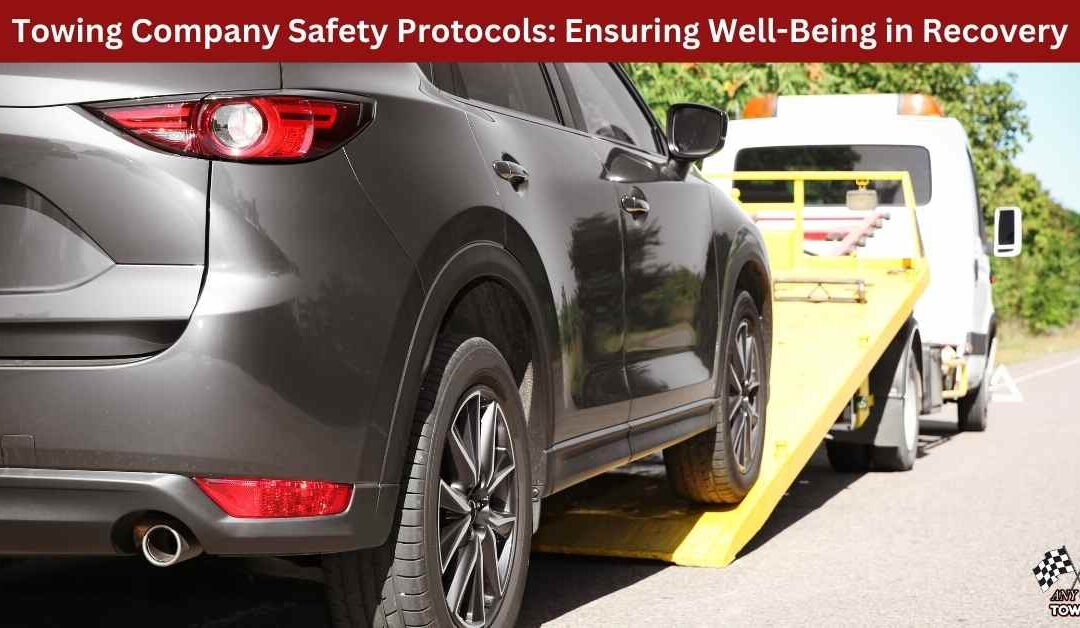When a car breaks down or an accident occurs, the sight of a tow truck can be a relief. But behind every quick recovery is a set of carefully designed safety protocols that protect both the driver and the towing team. Towing isn’t just about hooking up a vehicle and driving off—it’s about doing it safely, efficiently, and with everyone’s well-being in mind.
Why Safety Protocols Matter
Tow trucks operate in unpredictable conditions—busy highways, poorly lit streets, and sometimes hazardous weather. Drivers may be stressed, roads may be slick, and vehicles may be damaged or unstable. Without proper safety procedures, even a simple tow can become dangerous.
Safety protocols ensure that accidents don’t compound the problem. They protect the towing team, the customer, and other road users while maintaining the integrity of the vehicle being towed.
Key Safety Measures in Towing
Here are some of the main practices towing companies follow to stay safe during recovery operations:
- Proper Vehicle Assessment: Before moving a car, operators inspect it for leaks, stability, and any potential hazards. Knowing the condition of the vehicle helps prevent further damage or accidents.
- Traffic Control: Tow operators use cones, hazard lights, and sometimes even traffic management techniques to protect themselves and the stranded driver on busy roads.
- Use of Personal Protective Equipment (PPE): High-visibility vests, gloves, and steel-toed boots keep operators safe while working close to traffic.
- Securing the Vehicle: Whether using a flatbed or hook-and-chain system, proper attachment prevents the car from shifting or falling during transit.
- Emergency Communication: Operators maintain constant contact with dispatch to report any hazards, delays, or incidents, ensuring backup is available if needed.
Real-Life Examples
Consider a breakdown on a rainy freeway. Without cones and hazard lights, a tow truck operator is at serious risk of being struck by passing vehicles. Following safety protocols, the team sets up a secure perimeter, communicates with dispatch, and ensures the driver and passengers remain safely off the road. The result: the car is recovered efficiently, and everyone remains safe.
Another common scenario is towing a damaged vehicle after an accident. Operators carefully check for leaking fluids, unstable frames, or broken glass before loading the car onto the truck. These steps may seem small, but they prevent injuries and secondary damage.
Training and Continuous Improvement
Safety isn’t just about following rules—it’s about cultivating habits. Tow truck companies invest in ongoing training to keep operators up-to-date on the latest recovery techniques, equipment, and safety standards. From new vehicle technologies to updated traffic regulations, continuous learning ensures that every tow is handled with care.
Building Trust Through Safety
For customers, knowing that a towing company follows strict safety protocols builds confidence. You’re not just getting a vehicle moved—you’re getting professional service that prioritizes your well-being and that of your vehicle.
For towing companies, safety protocols reduce accidents, liability, and stress, allowing operators to focus on doing their job effectively. It’s a win-win scenario that ensures recovery is as smooth, safe, and worry-free as possible.
Now Any Car Towing is available in Skye Victoria 3977.
Contact Us
Any Car Towing
10 Silvergum Pl, Cranbourne VIC 3977
0413 176 223


Recent Comments